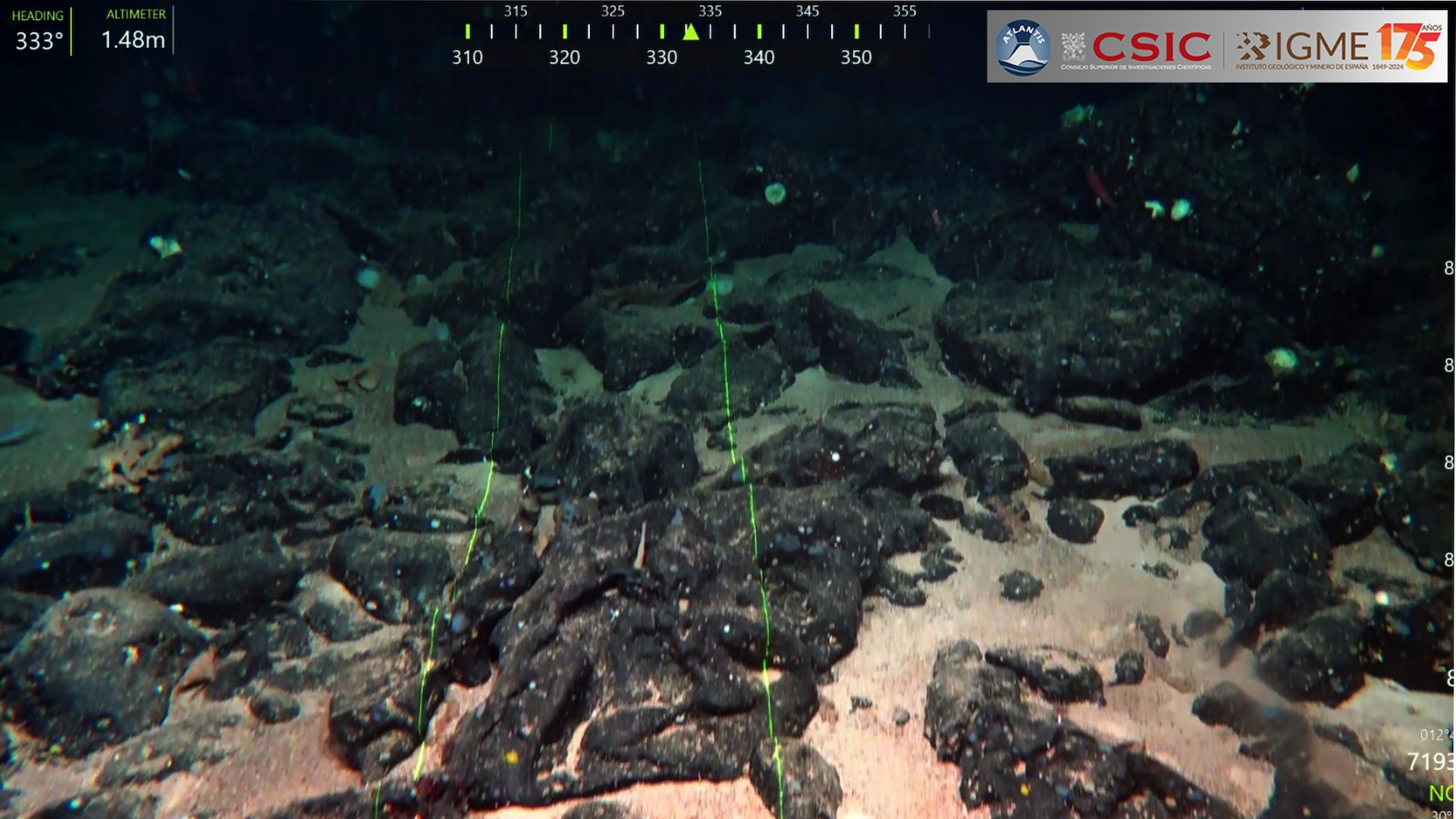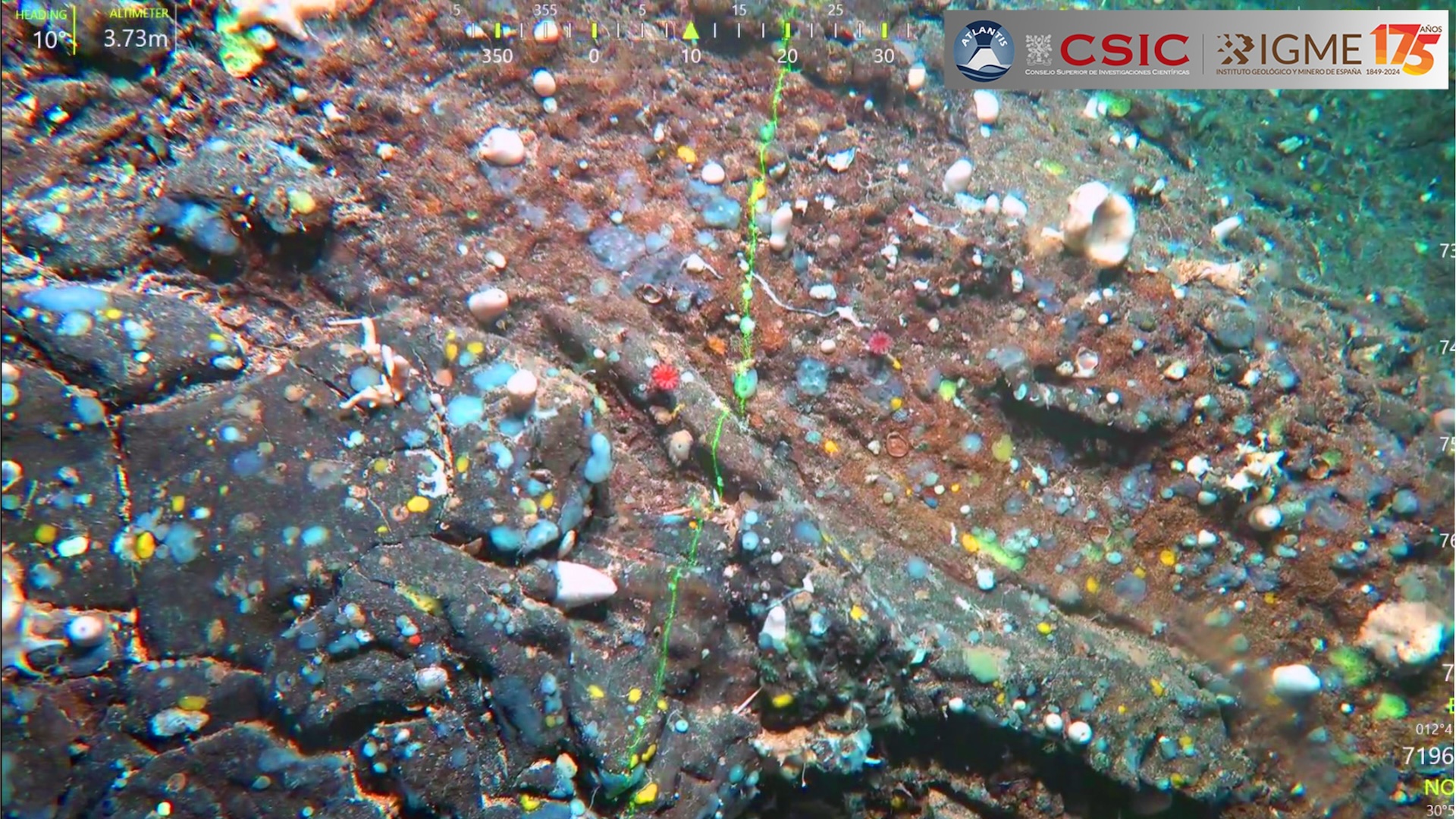
Researchers in Spain have uncovered lost islands that sank into the ocean millions of years ago, some of which still have their beaches intact.
"This could be the origin of the Atlantis legend," Luis Somoza, the head of a project to study volcanic activity off the Canary Islands, told Live Science in an email.
The team found the islands on a seamount, or underwater mountain, which contains three now inactive volcanoes and is about 31 miles (50 kilometers) in diameter. Its base is about 1.4 miles (2.3 km) below the surface of the ocean.
Scientists dubbed the newfound seamount Mount Los Atlantes after Plato's fabled civilization that the gods plunged into the ocean as a punishment for its citizens' immorality.
"They were islands in the past and they have sunk, they are still sinking, as the legend of Atlantis tells," Somoza, a geologist with the Geological and Mining Institute of Spain (IGME-CSIC), said in a translated statement.
Scientists found Mount Los Atlantes while exploring the seabed off the east coast of Lanzarote, the easternmost of the Canary Islands, using a remotely operated vehicle (ROV) at depths of between 330 and 8,200 feet (100 to 2,500 m). The dive was part of IGME-CSIC's Atlantis project, which aims to better understand underwater volcanic and hydrothermal activity in the region.

Los Atlantes would have been a series of islands during the Eocene (56 million to 34 million years ago). Once the volcanoes stopped erupting, the lava solidified and became denser, causing the islands to sink into the ocean. But some of the features of these lost islands remain.
"We have identified beaches, cliffs and sand dunes at the flat summit of the seamount," Somoza told Live Science, adding that the sand that now covers the volcanic rock would have been deposited when the islands were actively sinking.
Some of the beaches sit just 200 feet (60 m) below the oceans' surface. During the last ice age, when sea levels were far lower than they are today, the inactive volcanoes would have become islands again. "These islands could, then, be used for inhabiting wildlife," he said. When sea levels rose as the ice age ended, they sank again.
The team will now analyze the samples collected from Los Atlantes to date the volcanic rocks and pinpoint when the islands started to sink, Somoza said. They also plan to return to the submarine volcanoes of the Canary Islands during an expedition next year.







